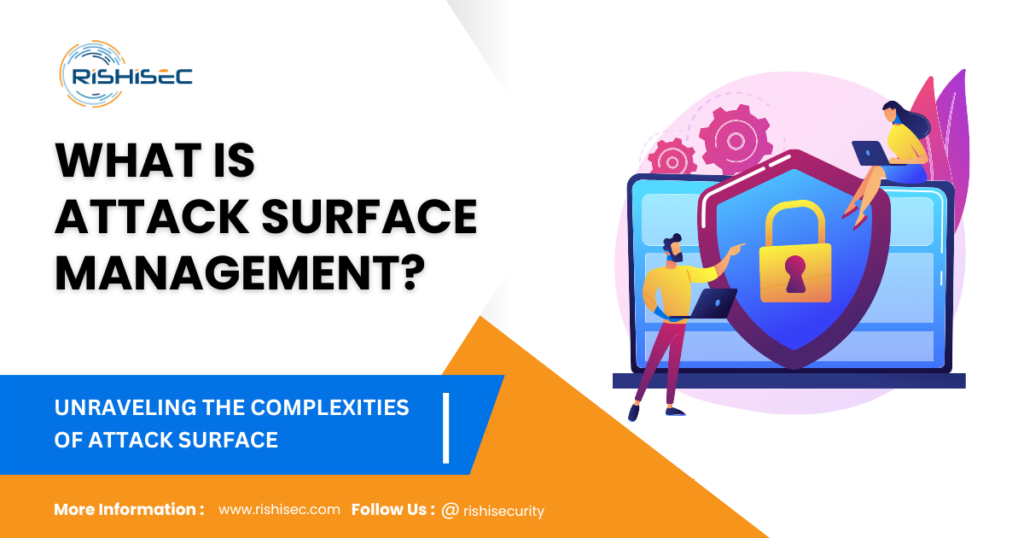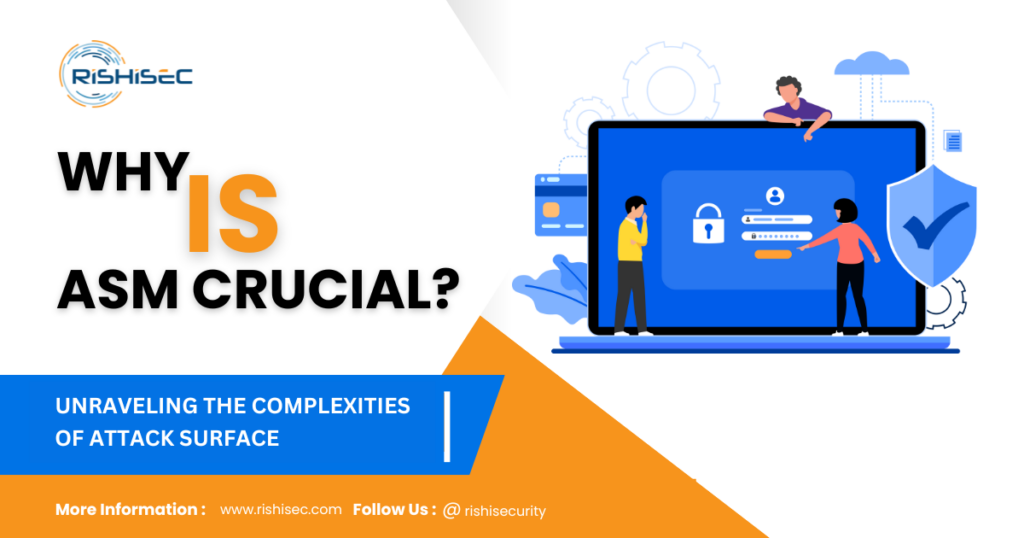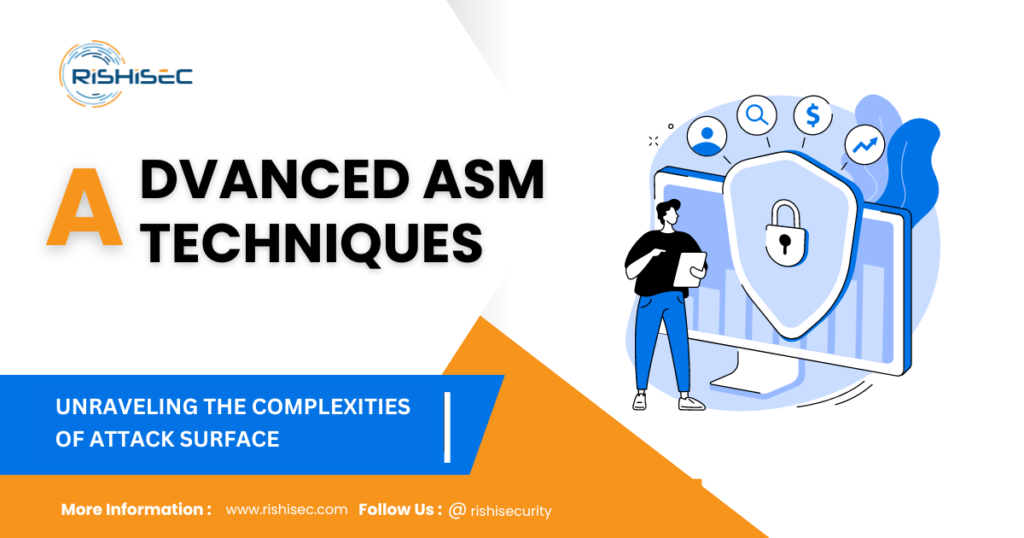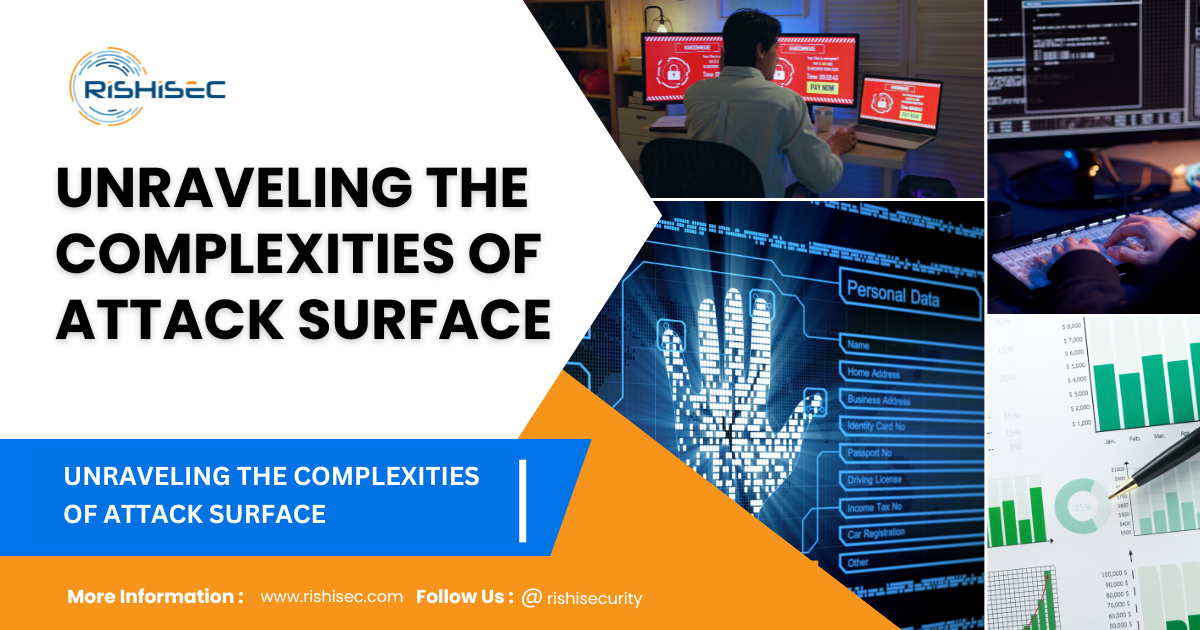Contents
Unraveling the Complexities of Attack Surface Management
In today’s digital world, Attack Surface Management (ASM) is a critical aspect of a comprehensive cybersecurity strategy. As digital infrastructures grow and evolve, managing and securing your attack surface becomes increasingly complex. This guide provides an in-depth exploration in unraveling the Complexities of Attack Surface Management, offering advanced strategies and practical insights to fortify your cybersecurity defenses.
What is Attack Surface Management?

Attack Surface Management entails identifying, analyzing, and managing the various points of potential vulnerability within your digital environment. This includes hardware, software, and network vulnerabilities. By gaining a thorough understanding of your attack surface, you can proactively mitigate risks and safeguard your organization against potential threats.
Why is ASM Crucial?

Businesses today face a diverse array of cyber threats. ASM is vital for uncovering vulnerabilities before they can be exploited by malicious actors. It helps in assessing the potential impact of these vulnerabilities and implementing effective measures to counter the cyber attacks.
Core Components of ASM
- Discovery and Inventory: Conduct regular scans to identify all assets and associated vulnerabilities. Tools can streamline this process, ensuring comprehensive asset discovery.
- Risk Assessment: Assess the risk associated with each asset, prioritizing vulnerabilities based on their potential impact on your organization.
- Continuous Monitoring: Implement ongoing monitoring to detect new vulnerabilities and changes in the attack surface. Ensure your monitoring tools are updated and properly configured.
- Incident Response: Develop and regularly test an incident response plan to address any breaches or vulnerabilities swiftly.
Advanced ASM Techniques in Unraveling the Complexities of Attack Surface Management

- Automated Scanning: Leverage automated tools for continuous vulnerability scanning. This reduces manual efforts and ensures broader coverage.
- Threat Intelligence Integration: Incorporate threat intelligence feeds to stay updated on emerging threats and vulnerabilities. This real-time information allows for adaptive ASM strategies.
- Third-Party Risk Management: Assess the security posture of third-party vendors and partners. Ensure they comply with your security standards to prevent potential attack surface weaknesses.
Addressing ASM Challenges

While unraveling the complexities of Attack Surface Management and implementing ASM involves challenges like staying ahead of technological advancements, managing vast asset inventories, and ensuring thorough protection across all surfaces. Overcome these challenges by regularly updating your ASM strategy and utilizing advanced tools and techniques. If you are not taking care of these measures then you are an easy victim for cyber attacks.
Conclusion
A robust Attack Surface Management strategy is essential for effective cybersecurity. By mastering the complexities of ASM and adopting best practices, you can significantly enhance your organization’s security posture and protect your digital assets while you may also like to read our this post, Deep Dive into Tactical and Actionable Strategies for Reducing Your Attack Surface
CTA
Ready to elevate your cybersecurity strategy? Experience the power of SentryCA’s ASM solutions with a free trial and discover how our advanced tools can streamline your attack surface management and keep you ahead of emerging threats.


